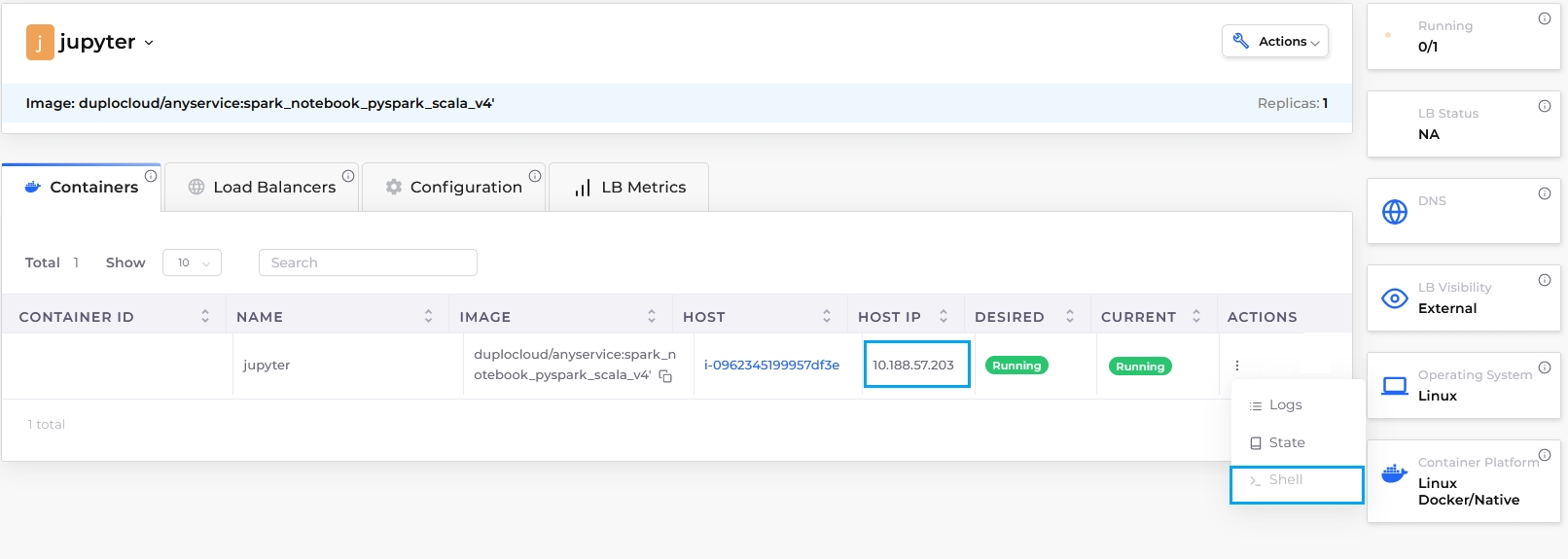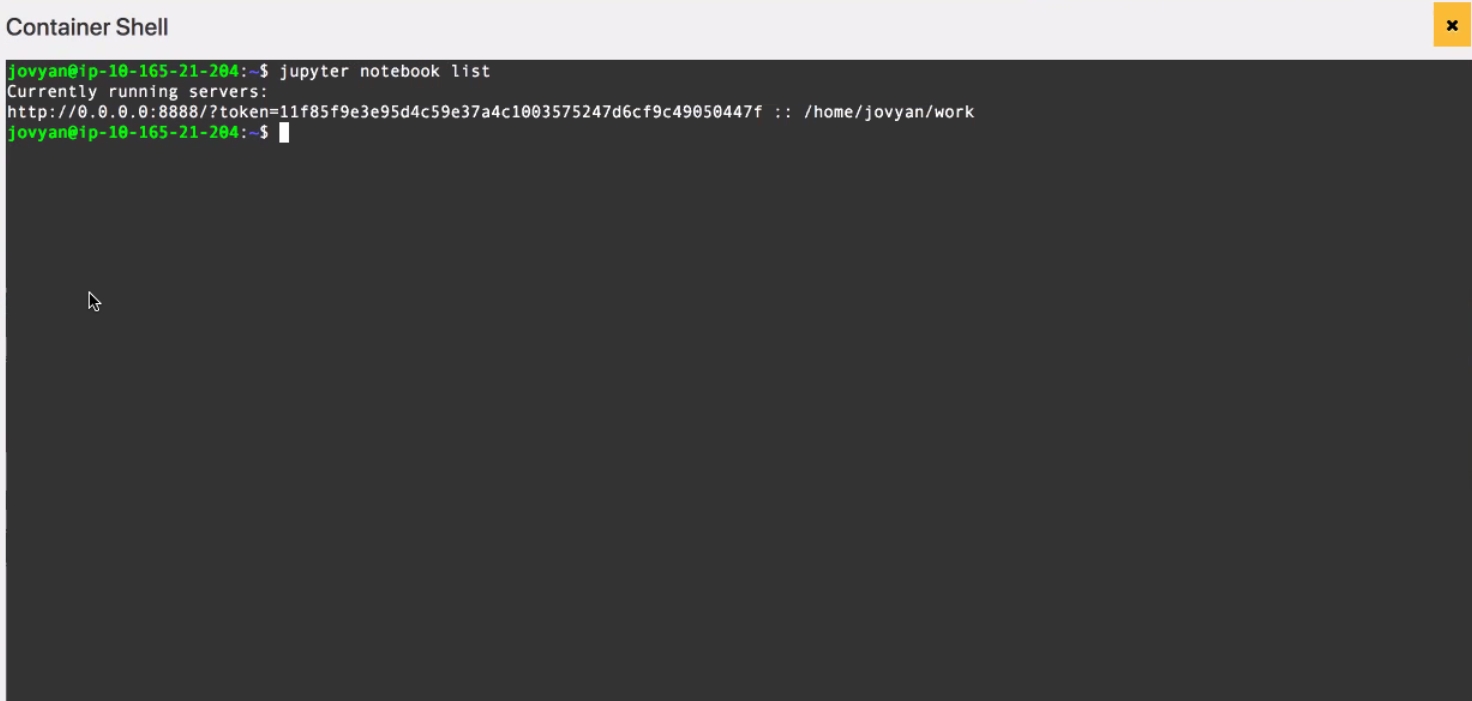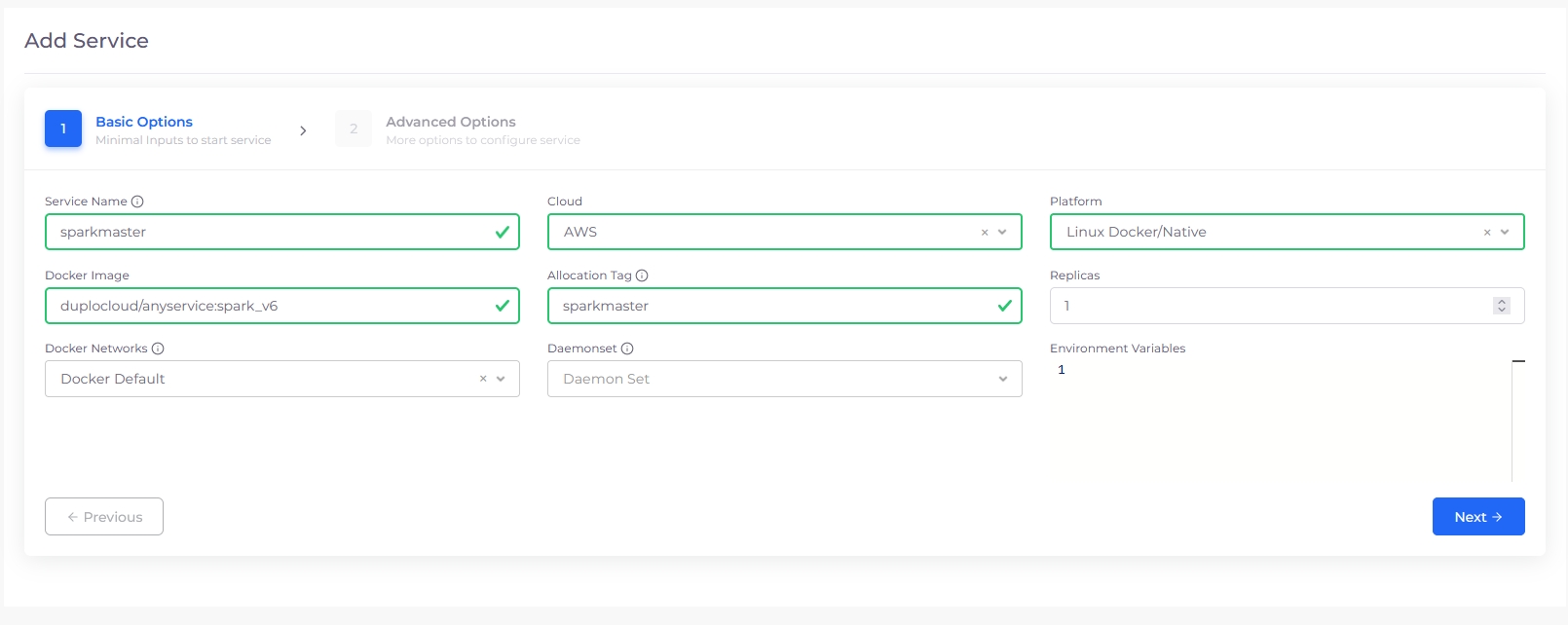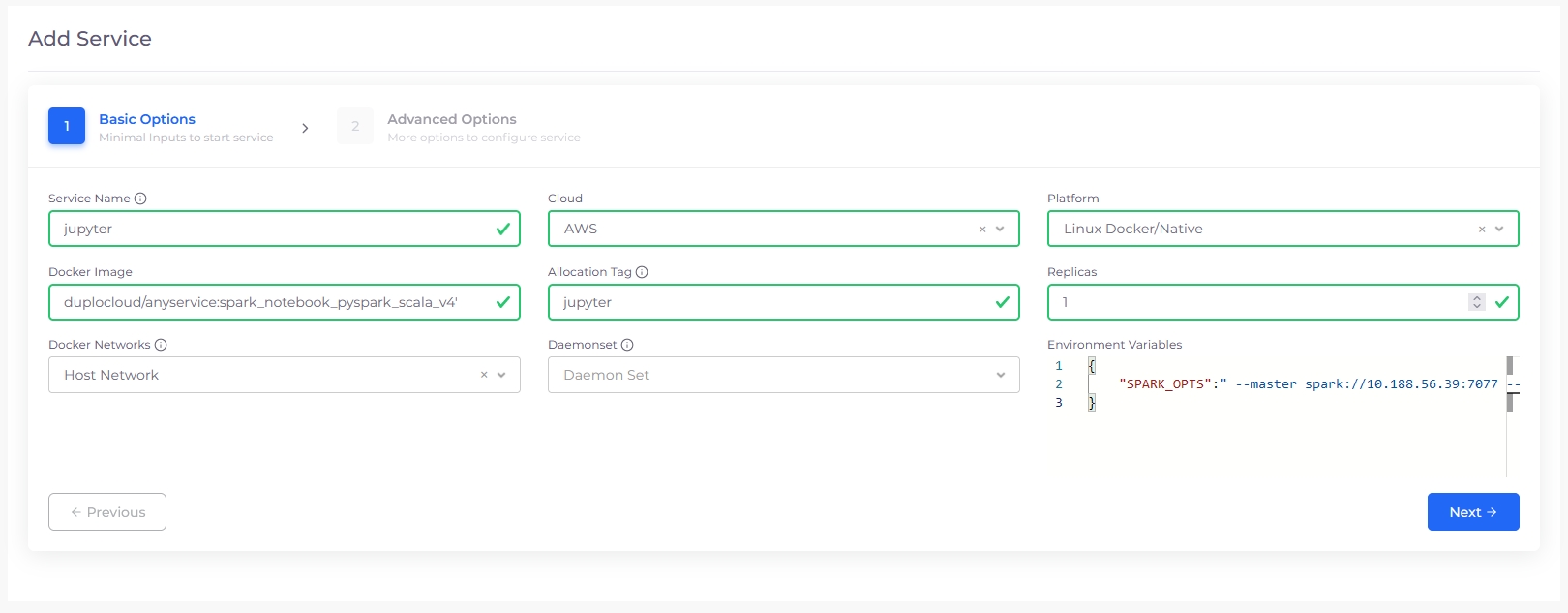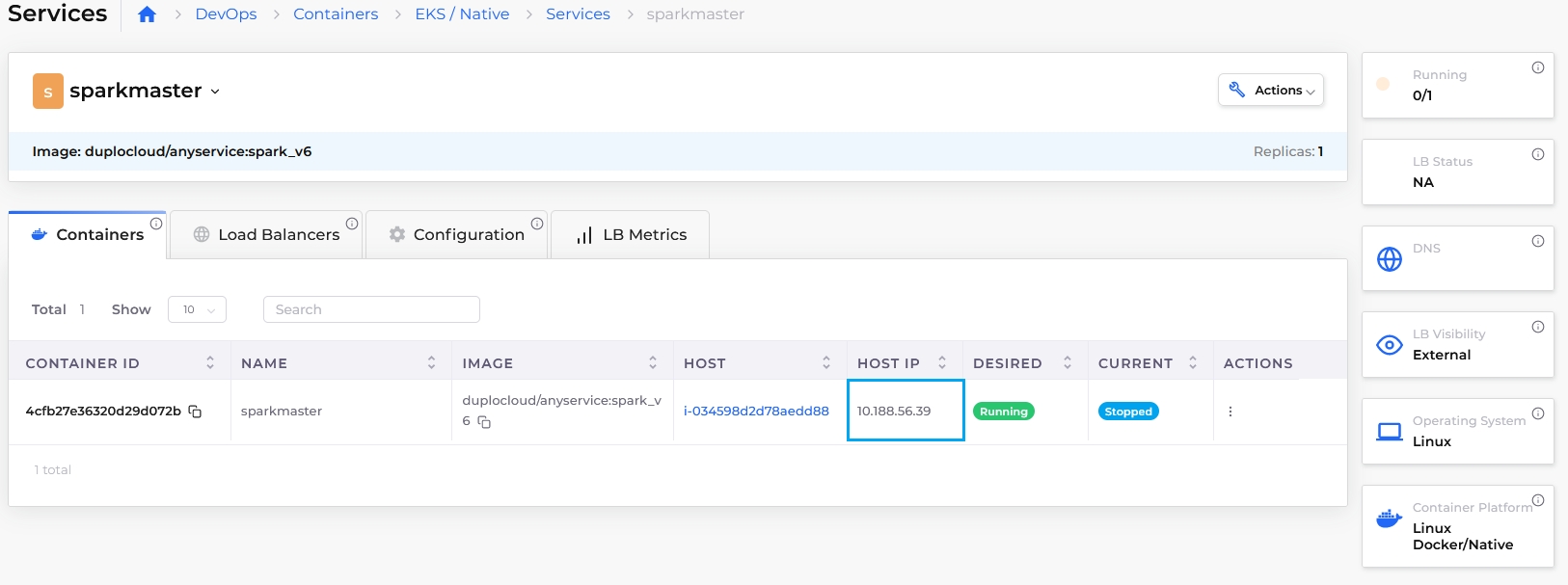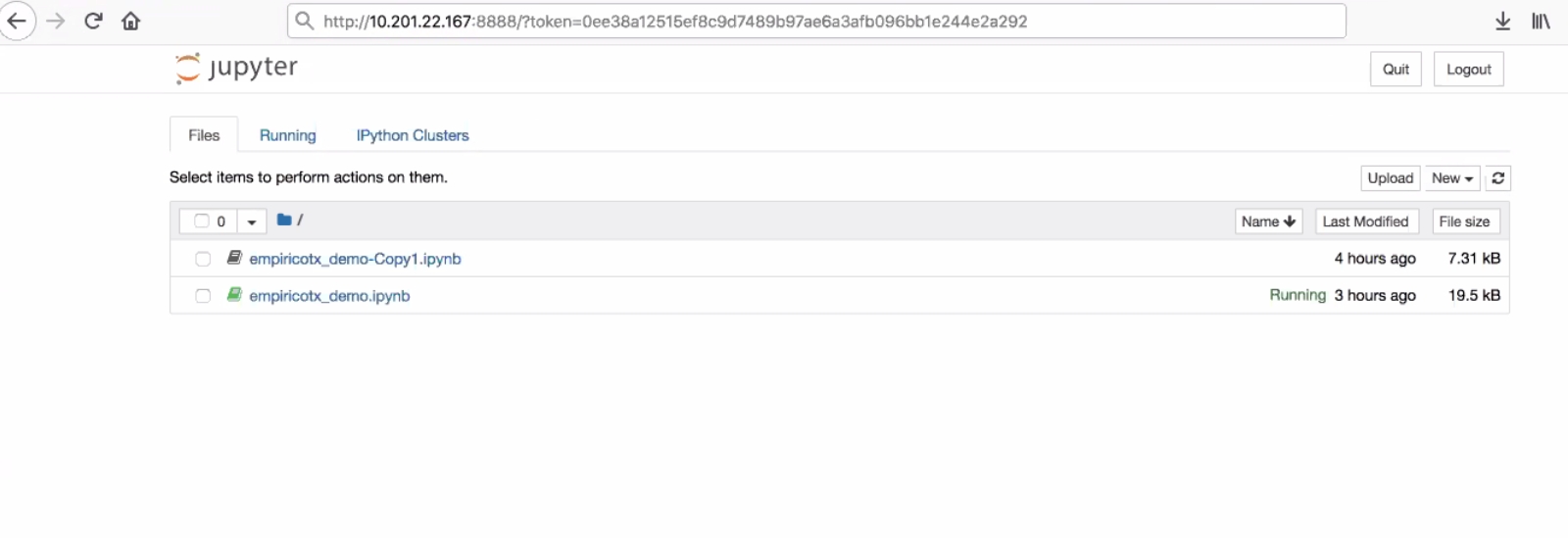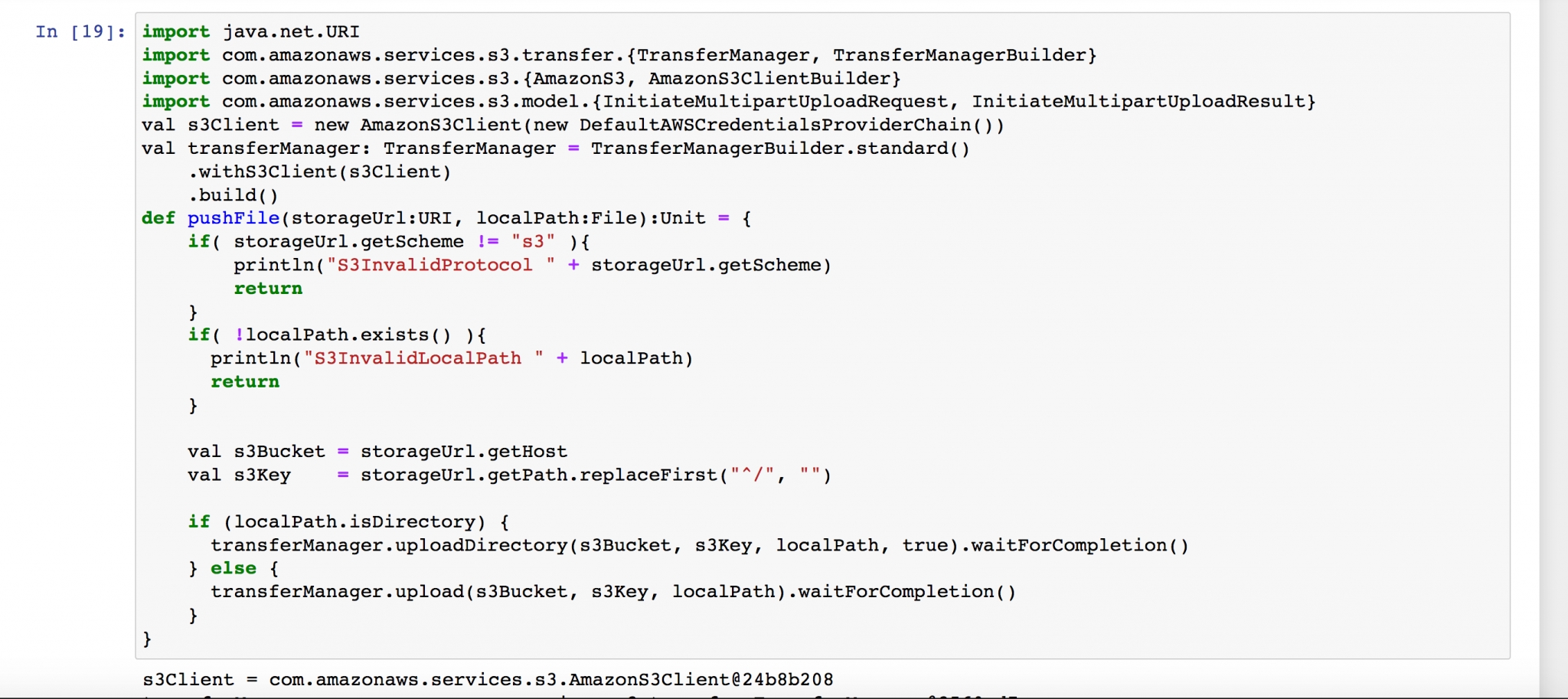
Use case:
Collection of data from using various methods/sources
Web scraping: Selenium using headless chrome/firefox.
Web crawling: status website sing crawling
API to Data collection: It could be REST or GraphQL API
Private internal customer data collected over various transactions
Private external customer data collected over secured SFTP
The data purchased from 3rd party
The data from various social networks
Correlate data from various sources
Clean up and Process data and apply various statistical methods, create
Correlate terabytes of data from various sources and make sense from the data.
Detect anomalies, summarize, bucketize, and various aggregations
Attach meta-data to enrich data.
Create data for NLP and ML models for predictions of future events.
AI/ML pipelines and life-cycle management
Make data available to data science team
Train models and do continuous improvement trials, reinforcement learning.
Create anomalies, bucketize data, summarize and do various aggregations.
Train NLP and ML models for predictions of future events based on history
Create history for models/hyper parameters and data at various stages.
Deploying Apache Spark™ cluster
In this tutorial we will create a Spark cluster with a Jupyter notebook. A typical use case is ETL jobs, for example reading parquet files from S3, processing and pushing reports to databases. The aim is to process GBs of data in faster and cost-effective way.
The high-level steps are:
Create 3 VMs one for each Spark master, Spark worker and Jupyter notebook.
Deploy Docker images for each of these on these VMs.
From the DuploCloud portal, navigate to Cloud Services -> Hosts -> EC2. Click +Add and check the Advanced Options box. Change the value of instance type to ‘m4.xlarge‘ and add an allocation tag ‘sparkmaster‘.
Create another host for the worker. Change the value of instance type to ‘m4.4xlarge‘ and add an allocation tag ‘sparkworker‘. Click Submit. The number of workers depends on how much load you want to process. You should add one host for each worker. They should all have the same allocation tag ‘sparkworker‘. You can add and remove workers and scale up or down the Spark worker service as many times as you want. We will see in the following steps.
Create one more host for Jupyter notebook. Choose the value of instance type to ‘m4.4xlarge‘ and add the allocation tag as ‘jupyter‘.
Navigate to Docker -> Services and click Add. In the Service Name field, enter ‘sparkmaster‘ and in the Docker Image field, enter ‘duplocloud/anyservice:spark_v6', add the allocation tag ‘sparkmaster‘. From the Docker Networks list box, select Host Network. By setting this in Docker Host config you are making the container networking the same as the VM i.e., container IP is same as VM.
First we need the IP address of Spark master. Click on Spark master service and on the right expand the container details and copy the host IP. Create another service, under name choose ‘jupyter‘, image ‘duplocloud/anyservice:spark_notebook_pyspark_scala_v4‘, add the allocation jupyter and select Host network for Docker Host Config, Add volume mapping “/home/ubuntu/jupyter:/home/jovyan/work“, Also provide the environment variables
Replace the brackets <> with the IP you just got. See figure 5.
Create another service named ‘sparkworker1`, image ‘duplocloud/anyservice:spark_v7‘, add the allocation tag ‘sparkworker‘ and select Host Network for Docker Network. Also provide the environment variables
{"node": "worker", "masterip": "<>"}
Replace the brackets <> with the IP you just got. See Figure 5.
Depending on how many worker hosts you have created, use the same number under replicas and that is the way you can scale up and down. At any time, you can add new hosts, set the allocation tag ‘sparkworker‘ and then under services, edit the sparkworker service and update the replicas.
Add or update shell access by clicking on >_ icon. This gives you easy access into the container shell. You will need to wait for 5 minutes for the shell to be ready. Make sure you are connected to VPN if you choose to launch the shell as internal only
Select Jupyter service and expand the container. Copy the hostip and then click on >_ icon.
Once you are inside the shell. Run command ‘> jupyter notebook list‘ to get the URL along with auth token. Replace the IP with Jupyter IP you copied previously. See Figure 5.
In your browser, navigate to the Jupyter URL and you should be able to see the UI.
Now you can use Jupyter to connect to data sources and destinations and do ETL jobs. Sources and destinations can include various SQL and NoSQL databases, S3 and various reporting tools including big data and GPU-based Deep learning.
In this following we will create a Jupyter notebook and show some basic web scraping, using Spark for preprocessing, exporting into schema, do ETLs, join multiple dataframes (parquets), and export reports into MySQL.
Connect to a website and parse html (using jsoup)
Extract the downloaded zip. This particular file is 8 GB in size and has 9 million records in csv
Upload the data to AWS S3
Also Configure session with required settings to read and write from AWS S3
Load data in Spark cluster
Define the Spark schema
Do data processing
Setup Spark SQL
Spark SQL joins 20 GB of data from multiple sources
Export reports to RDS for UI consumption Generate various charts and graphs



